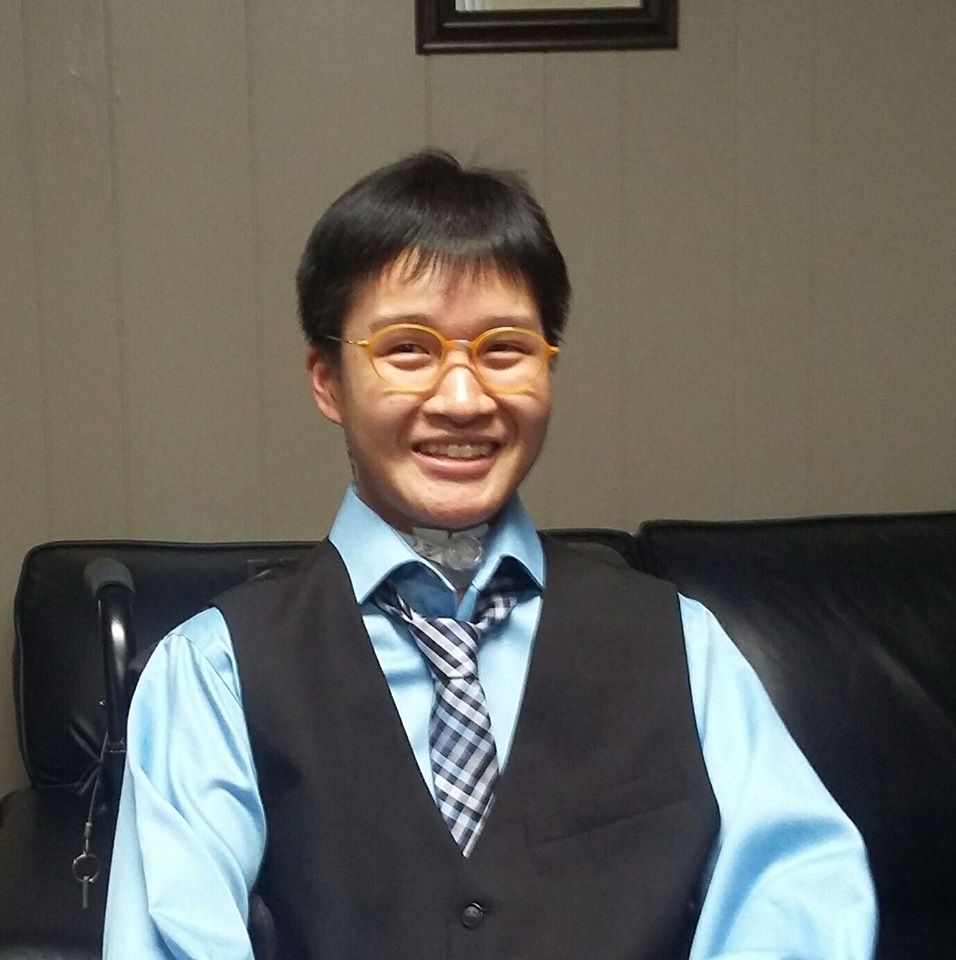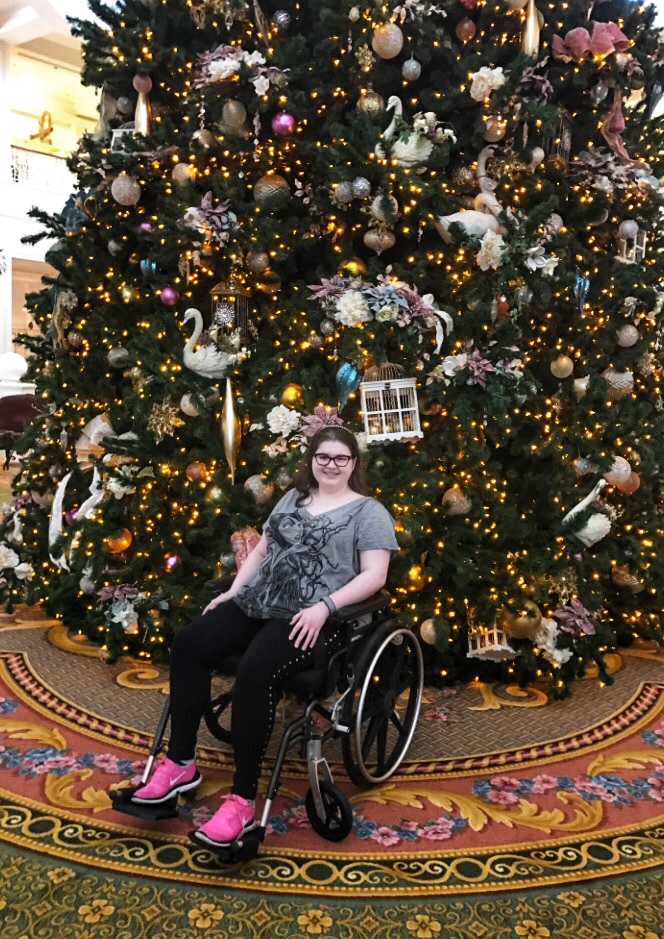
Michael Yi
In the distance, the sirens were flaring. There I lay struggling to breathe. What had meant to be a normal Sunday on August 17, 2008, turned out to be a tragic accident. I was in the back seat of the car while going home from church when it slammed into an electric pole. From that moment on, everything had changed.
Following the car accident, I have gone through many challenges which have turned into triumphs. In the immediate aftermath, I had gone from a healthy ten-year-old to a bedridden patient on a ventilator. At that moment, I thought that I would never be able to walk again. For two years, my body had to adjust to being assisted by people to complete basic tasks like being fed, being bathed, and using the bathroom. My prospects of getting better did not seem to improve, but things took a turn.
One day, I was asked to try getting up in a wheelchair. Since my body was paralyzed, the staff at the hospital had to transfer me to the chair. At first, it was painful as it had been a long time since I sat up, but it got easier as each day passed. Increasing the time by an hour each day helped my body build up stamina. Soon, I was able to sit for ten hours per day.
In addition to getting in a standard wheelchair, I was able to take a step further and learn how to use a motorized wheelchair. Instead of controlling it with my hands, I was able to control it with my head because there were motion sensors built into the head rests. Although I struggled at first, I was able to master driving it. There were a few times when I would hit objects, but my accuracy improved as I got more practice. This marked a huge milestone because I could counter the inability to walk with driving a motorized wheelchair.
As the year 2011 was approaching, I finally got discharged from the hospital and went back home. From there, a new challenge started which was going back to school. During that time, I was in seventh grade and had to learn how to do homework and communication without my hands or voice. At first, I would mouth out words to a TA who would act as a scribe when helping me with homework or talking with other students. This poised a challenge because it would take twice as long to get homework done versus using my hands to write. Also, students were reluctant to talk to me because an older adult was always by my side.
Up until the year 2014, I had to persevere through this, but it all changed when I got my first Augmentative and Alternative Communication (AAC) device. The device was a real game changer because it allowed me to type and speak without using my hands. The AAC device had built-in communication software while acting as a regular computer and it operated with the movement of my eyes. While it is still slow to type or speak, I have gained back my independence and am having more conversations with my peers.
Currently, I have made it to university and looked back at these challenges. What looked like an end of life a decade ago turned into a miracle. As I am near the final years of college, I am one step closer to breaking down all the barriers.





